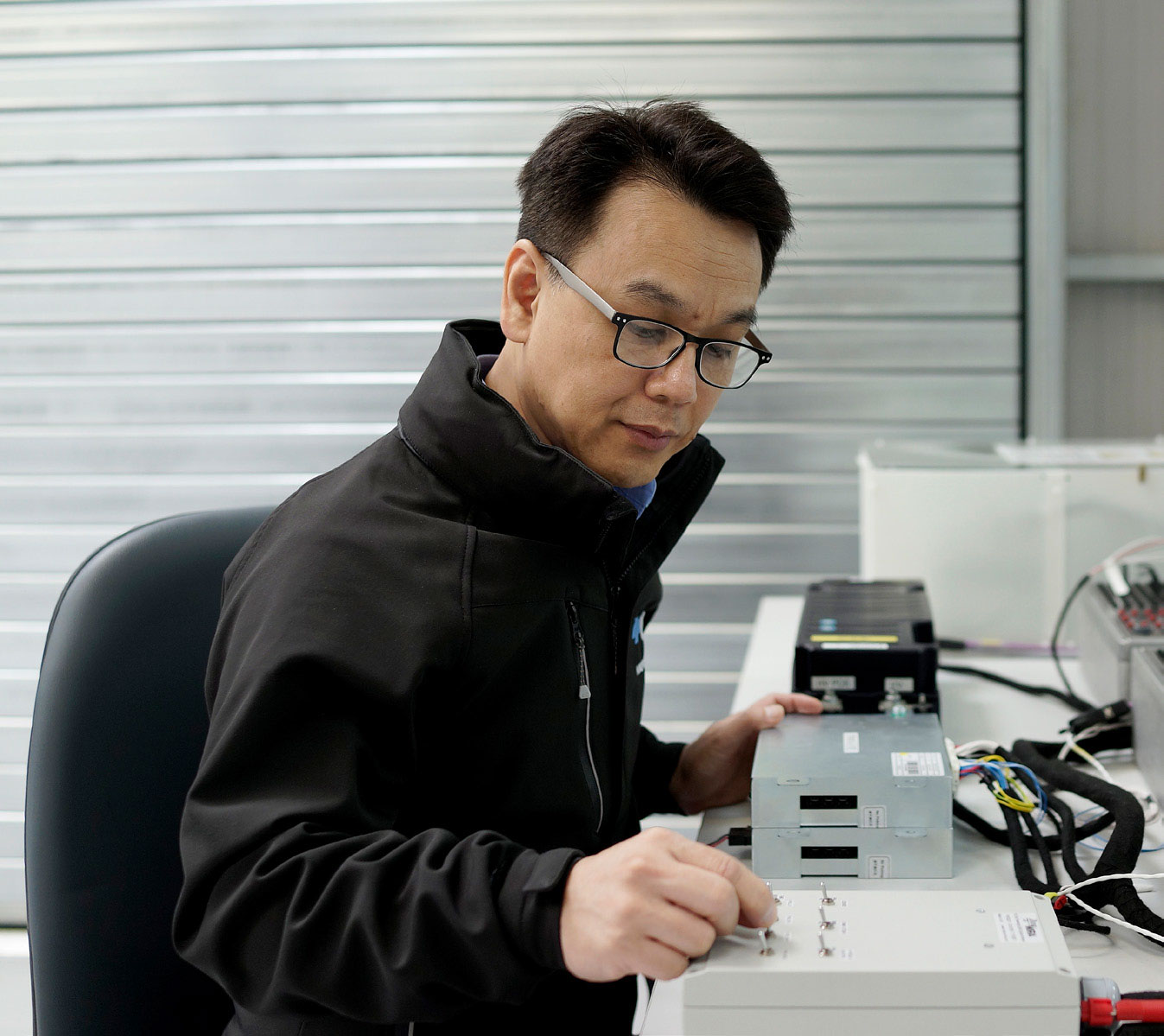

Model-based development of an open access vehicle control system
Case Study Overview
A globally renowned OEM approached HORIBA MIRA to develop the Vehicle Control Unit (VCU) application software for its first electric bus. The OEM was looking for a technical partner with proven experience in electric vehicle control that could develop the appropriate logic, integrate the chosen ECU vendor, and ultimately provide the software in an ‘open access’ format. This ensures the OEM can make future developments in-house, providing the potential to save tens of millions of pounds over the coming years and giving freedom to develop future commercial vehicle platforms. Following the delivery of the EV bus project, the OEM has been using the open access software as a baseline from which to develop a variety of new platforms. It has consequently worked again with HORIBA MIRA to conduct key updates, such as transferring the software from the original legacy ECU to new forward-facing ECU hardware.
Full case study
Project Information
Project Information
- Electric Vehicle
- Vehicle Software
- Energy Management
- Model-Based Design
- Commercial Transport, Heavy Duty Commercial Vehicles, Light Commercial Vehicles
- Location – Asia
Added Value
For this specific territory and application, the rigor of ISO26262 and AUTOSAR compliance was not explicitly required. As such, HORIBA MIRA consultants advised and trained the OEM team on the functional safety standard and how the development process should be maintained to work towards compliance with the standard in future years.
Engineering team deployed: A core team of 10 consultants in the UK.